Understanding this time-tested roofing method
May 21, 2025 at 6:00 a.m.By ROOFCORP of America.
Learn more about the ins and outs of torch-down roofing and what alternatives can provide an upgraded solution for your next roofing project.
When it comes to flat or low-slope roofing, the choices can be overwhelming. One option that has been around for decades is torch-down roofing — a durable, waterproof system that has long been a go-to for commercial and industrial buildings. Whether you’re a business owner weighing your options or a contractor looking for insights, ROOFCORP of America exploration into torch-down roofing will help you determine if it’s the right fit — or if it’s time to explore modern alternatives like TPO.
What is torch-down roofing and how does it work?
Torch-down roofing, also a form of modified bitumen roofing, involves applying layers of bitumen (a mix of asphalt and rubber) to create a waterproof barrier. As a traditional style of roofing, torch-down roofing gets its name from the installation process, where layers of asphalt material are adhered to the roof using a torch. This heat application melts the material onto the surface, creating a seal that helps protect the roof from the elements. It’s particularly suited for flat or low-slope roofs where water drainage can be a challenge.
Typically, torch-down roofs have two or three layers:
- Base layer: Provides structural support and a foundation for the roofing system.
- Reinforced layer: Adds strength with materials like fiberglass or polyester.
- Cap sheet: Features granulated surfaces for UV protection and durability.
This type of roofing has been a go-to solution for decades due to its relatively simple installation process and ability to last up to 20 years with proper maintenance. However, maintenance is a critical factor here, as torch-down roofs require regular inspections to ensure longevity and prevent issues like leaks or degradation.
Benefits of torch-down roofing
Torch-down roofing has earned its reputation as a reliable option for certain applications. Here are some key benefits:
Durability
When properly installed and maintained, torch-down roofs can last up to 20 years. The material resists punctures and tears, which is critical for protecting flat roofs that might endure foot traffic or equipment installation.
Weather protection
This type of roofing can handle moderate wind, rain and even snow. The granulated cap sheet adds an extra layer of protection against the elements.
Ease of repair
Small damages or wear can often be repaired without needing to replace the entire roof. This makes torch-down a relatively low-maintenance option, provided regular inspections and upkeep are performed.
Ideal applications for torch-down roofing
Torch-down roofing is best suited for buildings with flat or low-slope roofs, particularly in regions with moderate climates. Commercial properties like warehouses, retail spaces and office buildings often rely on this roofing type due to its straightforward installation and cost-effectiveness.
It’s also a practical choice for properties requiring quick repairs or renovations, as torch-down roofing can be installed in layers over an existing roof. However, its performance may vary depending on environmental factors, making it crucial to assess local weather conditions and building needs before selecting this option.
Shortcomings of torch-down roofing
Despite its benefits, torch-down roofing isn’t without its flaws. Let’s explore some of the drawbacks:
UV vulnerability
Torch-down roofs are prone to degradation from UV radiation. Over time, sunlight exposure bakes the roof, causing granules to detach. This diminishes the roof’s protective qualities and accelerates wear and tear.
Limited waterproofing
While torch-down roofing is water-resistant, it’s not completely waterproof. Prolonged exposure to standing water can lead to leaks, particularly in areas where drainage is poor. This is a critical consideration for flat roofs that frequently deal with ponding water.
Higher long-term costs
Although torch-down roofing is initially cost-effective, its shorter lifespan and susceptibility to damage mean you may end up paying more in the long run. Frequent repairs and eventual replacement can add up quickly.
Safety risks during installation
The use of open flames during installation poses safety concerns. Improper handling of torches can lead to accidents or even fires, which is why it’s essential to hire experienced, professional roofers.
Excessive maintenance
While torch-down roofing offers many advantages, its lifespan heavily depends on regular maintenance. Business owners need to schedule annual inspections to check for:
- Blistering or bubbling
- Loose or missing granules
- Cracks or tears in the roof membrane
- Water pooling or sagging areas
Without proper care, the 20-year lifespan can shrink dramatically, leading to premature replacement and higher costs over time.
TPO roofing: A modern alternative
If you’re considering a roofing upgrade, it’s worth exploring modern alternatives like TPO (thermoplastic polyolefin) roofing. TPO is a single-ply membrane that has gained popularity for its superior performance, particularly for commercial and industrial buildings.
Here’s how TPO stacks up against torch-down roofing:
Energy efficiency
TPO roofing is highly reflective, helping to keep buildings cooler in the summer by reducing heat absorption. This can lead to significant savings on energy bills — an advantage torch-down roofing can’t match.
Durability and longevity
TPO roofs often outlast torch-down systems, with lifespans of 25-30 years. The material is resistant to UV radiation, chemical exposure and extreme weather, making it a more robust option for long-term use.
Seamless waterproofing
TPO’s heat-welded seams create an exceptionally strong barrier against water penetration. This makes it a better choice for flat roofs that deal with ponding water.
Low maintenance
Unlike torch-down roofing, TPO requires minimal upkeep. Its smooth surface resists dirt and debris buildup, reducing the need for frequent cleaning or repairs.
Eco-friendly option
TPO is fully recyclable, making it an environmentally friendly choice for businesses looking to reduce their carbon footprint.
Making the right choice for your roof
While torch-down roofing has been a reliable option for decades, it’s essential to weigh its limitations against the benefits of newer technologies like TPO roofing. If you’re asking yourself, “What is torch-down roofing and is it right for my building?” consider factors like long-term costs, energy efficiency and your property’s specific needs.
For businesses looking to balance durability, performance and cost-effectiveness, TPO roofing often emerges as the better investment. Consult with a trusted roofing contractor like ROOFCORP of America to evaluate your options and determine the best fit for your building.
Original article and photo source: ROOFCORP
Have a question? AskARoofer.
Find your local roofing contractor in the AskARoofer™ Contractor Directory.

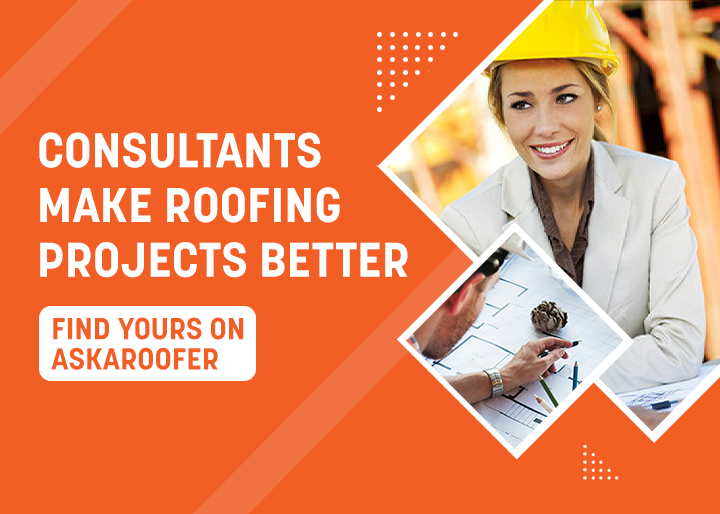



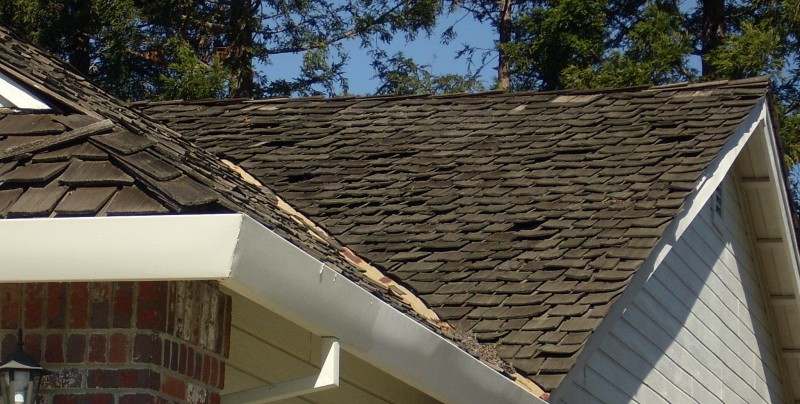
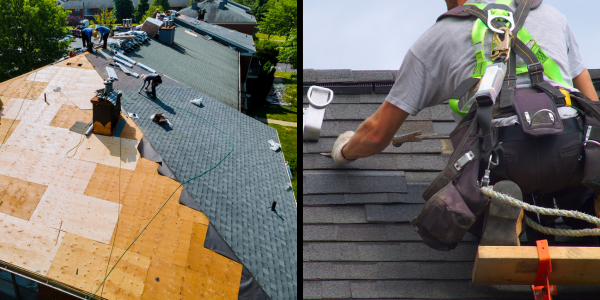
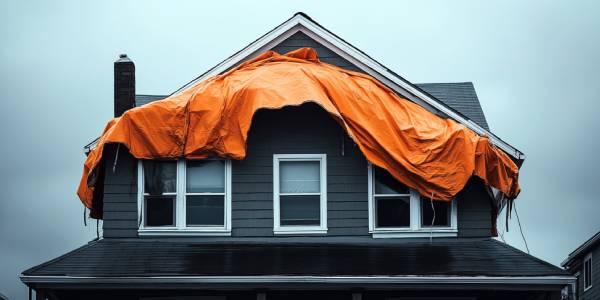



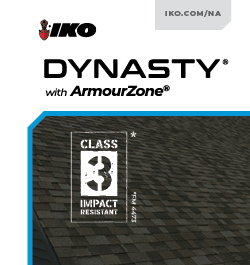
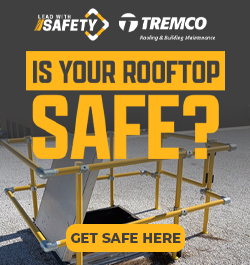
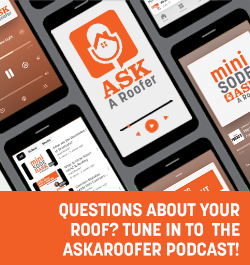
Comments
Leave a Reply
Have an account? Login to leave a comment!
Sign In